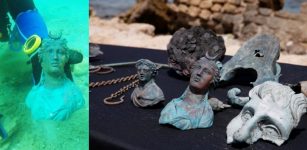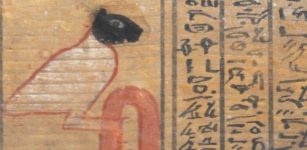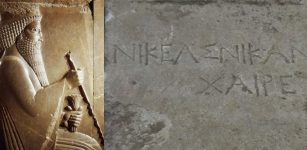Solar Eclipses And A New Attempt To Date Homer’s Iliad And Odyssey
MessageToEagle.com – Scientists once again try to restore the chronology of the Homeric epics Iliad and Odyssey. They compare the natural phenomena the epic describes with astronomically ascertained ones, thus verifying the historical truth of the narrative.
As a result, the dates of some events narrated in the epics are being specified, and a new concept for their historicity is being created with the aim of shedding some more light on the Homeric question.
“We believe the myth revolves around actual events,” says Panagiota Preka-Papadima, astrophysics professor at the University of Athens. Having proved that the natural phenomena described in the epic coincide with the time of narration, the research team assumes that some of the events did actually occur.
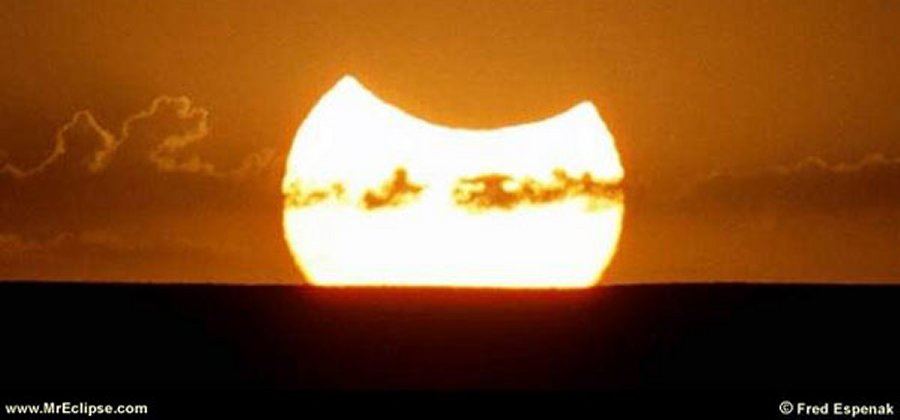
“Odysseus arrived in Ithaca on 25 October, 1207 BC. Five days later, there was a solar eclipse with 75% coverage in the Ionian Sea, and it is precisely when the massacre of Penelope’s suitors took place,” says Papadima. She is entirely convinced of the truthfulness of the described event.
The eclipse, and some other occurrences have been proven with the help of NASA’s maps describing the natural phenomena, which took place from 4500 BC to 10,000 AD.
- From 1300 to 1130 BC, the period when the events of both Homeric poems presumably took place, there were 14 solar eclipses.
- Only five of them were visible in the Ionian Sea area, and two of them only obscured 2% of the sun.
- The third one happened at sunset, which implies that the remaining two are the only ones worth studying.
- In 1143 BC, there was a full solar eclipse, but it was so close to the decline of the Mycenaean cities that researchers struck it off the list as well.
- The fifth eclipse took place on 30 October, 1207 BC, from 14:30 to 17:00 h: this must be the one described in the Odyssey.
In the Odyssey’s 20th book, recounting the events, which unfold prior to the killing of the suitors, Theoclymenus says:
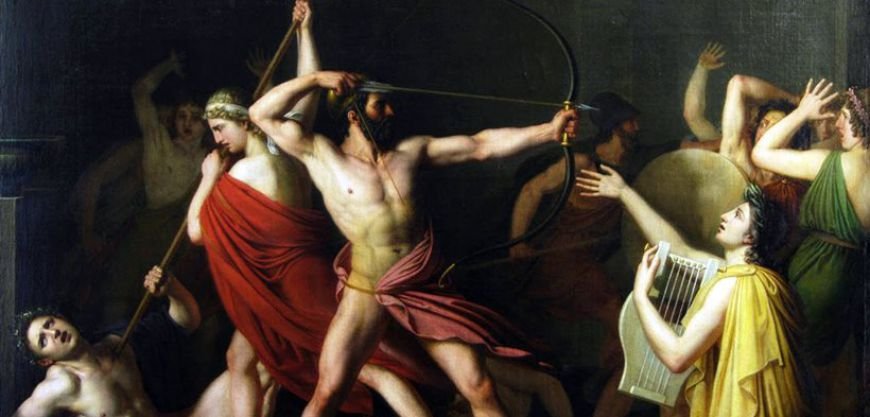
“Ah, wretched men, what evil is this that you suffer? Shrouded in night are your heads and your faces and your knees beneath you; kindled is the sound of wailing, bathed in tears are your cheeks, and sprinkled with blood are the walls and the fair rafters. And full of ghosts is the porch and full the court, of ghosts that hasten down to Erebus beneath the darkness, and the sun has perished out of heaven and an evil mist hovers over all.”
“This is an account of the eclipse, which screened 3/4 of the solar disk,” says Papadima. She believes the date 30 October, 1207 BC, is fully consistent with the weather, the autumn agricultural life and the midday time of the suitors’ murder as described by Homer.
The interdisciplinary team analysing the epic includes astrophysicists, linguists, archaeologists, astronomers and engineers.
See also:
Elusive Planet Mercury As Seen Through The Eyes Of Ancient Astronomers
6 Ancient Tributes To The Winter Solstice
Ancient Irish Were First To Record An Eclipse – 5,355 Years Ago
“There is a historical core in the myth”
The trickiest question is whether the events described in the poems are real. According to Papadima, the answer was given by Plutarch, who explains that natural history, theology and mythology intertwined in ancient Greece. “In the Odyssey, the natural phenomenon was triggered by Athena, and in the Iliad – by Apollo. We believe there is a historical core in the myth,” she says.
To support this assumption, Papadima refers to the meteor shower, which the epic describes in the following way:
“Even as he spoke a bird flew forth upon the right, a hawk, the swift messenger of Apollo. In his talons he held a dove, and was plucking her and shedding the feathers down on the ground midway between the ship and Telemachus himself.”
“The hawk described by Homer, could not be seen in detail, given the darkness and the distance. He was placed where the Raven constellation is located, i.e. to the east. The raven is Apollo’s messenger, according to Eratosthenes. At the foot of the raven from the constellation stand the Pleiades, which are part of the Taurus constellation. And this is where, according to the poet, the feathers were falling from – from the stars.
A poetic description of the sky is offered here,” explains Papadima.
MessageToEagle.com via AncientPages.com




